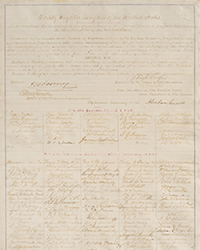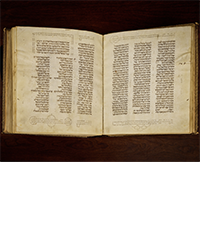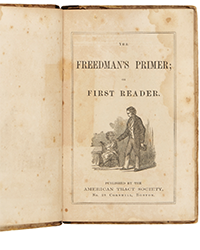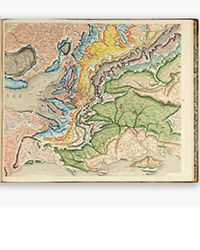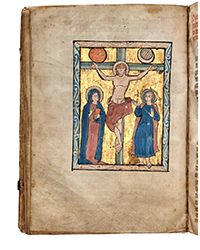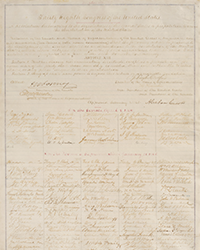In a dig at the airplane, an ad from the “Standard Dirigible Construction Co.” states that “They (dirigibles) go up when you please and they do not come down till you please.” The problem with the airplane, as Kipling saw it, was pitch. As an ad for a device that could be retrofitted to an airplane to control this problem states, “The popularity of the large, unwieldy, slow, expensive Dirigible over the light, swift, Plane is mainly due to the former’s immunity from pitch.” Kipling’s image of the airplane is more in keeping with the Wright Bros.’ model. He evidently did not foresee anything like the huge jetliners that now fill the skies.
Kipling is right on about overnight travel from the old world to the new, which must have seemed a stretch ten years before the Titanic, but he underestimated just how fast we would go. Packet 162 cruises along at an “eighteen-second mile.” A little quick math tells me that’s 200 mph. Very slow for a modern airplane. It does speed up to 16 seconds, but that’s still a pokey 225 mph. While this speed is sufficient for a westward bound flight to drag out the dawn to twice its normal time at these higher latitudes, Kipling does predict that we will one day hold back the dawn, even at the equator. A little more quick math converts that to around 1,000 mph, fast for even today’s planes, though nothing compared to orbiting spacecraft.
Kipling is far less clear on exactly how his dirigibles fly. The secret behind these airships is “Fleury’s gas.” “We know that Fleury’s gas can lift anything, as the famous trials of ’89 showed,” he explains. We assume that’s 1989, but Kipling tells us nothing about these trials. Fleury’s gas possesses “almost indefinite powers of expansion,” and one can imagine how this could create lighter than air tanks to float the ship. Presumably, Fleury’s gas does not suffer from the explosive tendencies that the Hindenburg’s hydrogen possessed. However, he then describes tubes with rays in them without explaining how this propels the ship. Fleury’s ray, is a “mystery to this day,” which relieves Kipling of the obligation of giving us any idea of how this technology works.
The dirigibles Kipling describes generally travel at altitudes between 4,000 and 8,000 feet. That’s well below the 30,000-40,000 feet usually flown by airplanes on such long distance trips.
formerly the
Americana Exchange
Americana Exchange
US / Canada Toll Free
(877)-323-RARE [7273]
(877)-323-RARE [7273]
Rare Book Monthly
-
Sotheby’s
Year in ReviewSotheby’s Year in Review: A Rare Hebrew Bible with Micrographic Masorah. Sold: 1,514,000 USDSotheby’s Year in Review: "The Freedman's Primer.” Sold: 241,300 USDSotheby’s Year in Review: Smith, William. "The Map that Changed the World." Sold: 139,700 USDSotheby’s Year in Review: Psalter, C13th. Illuminated Psalter. Sold: 330,200 GBPSotheby’s Year in Review: Lincoln, Abraham. The abolition of slavery. Sold: 13,697,500 USDSotheby’s Year in Review: Vergilius. Opera, Venice, Aldo Manuzio, 1501. Sold: 1,041,400 USD -
Rare Book Hub is now mobile-friendly!


